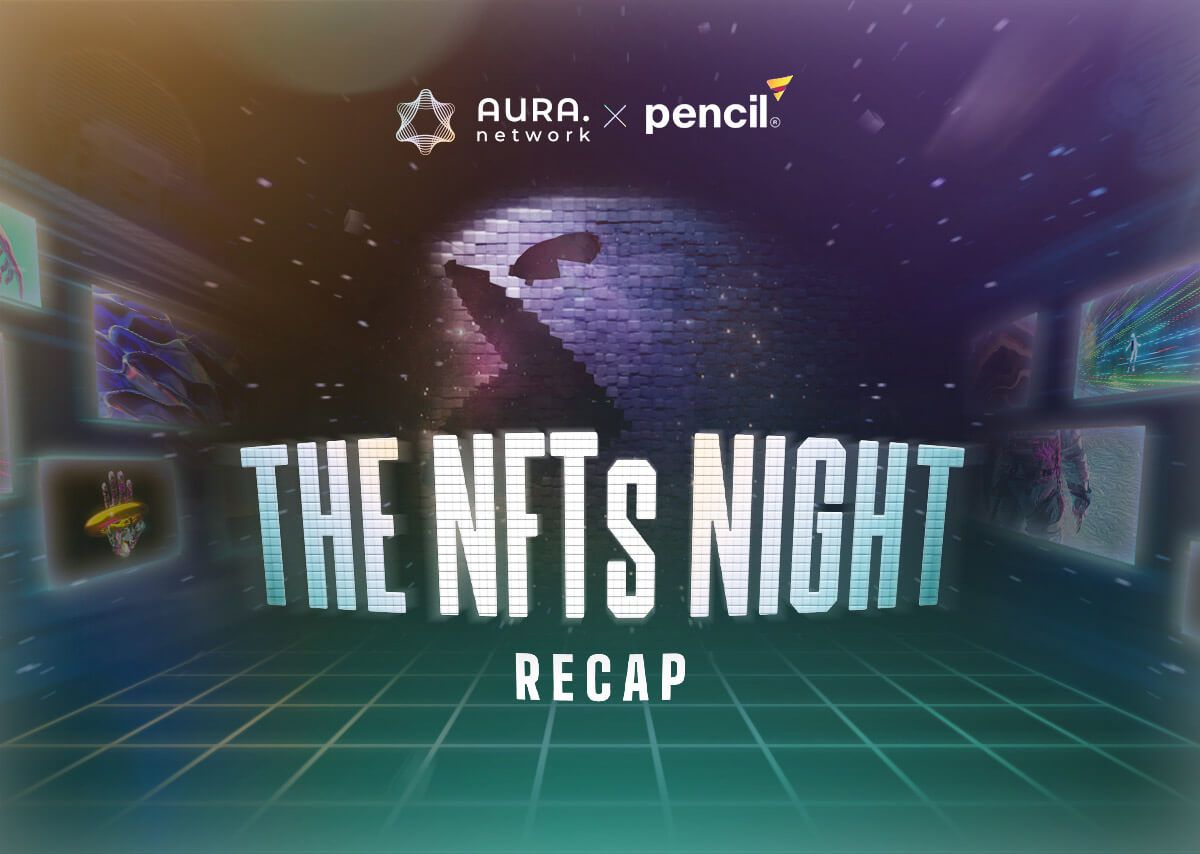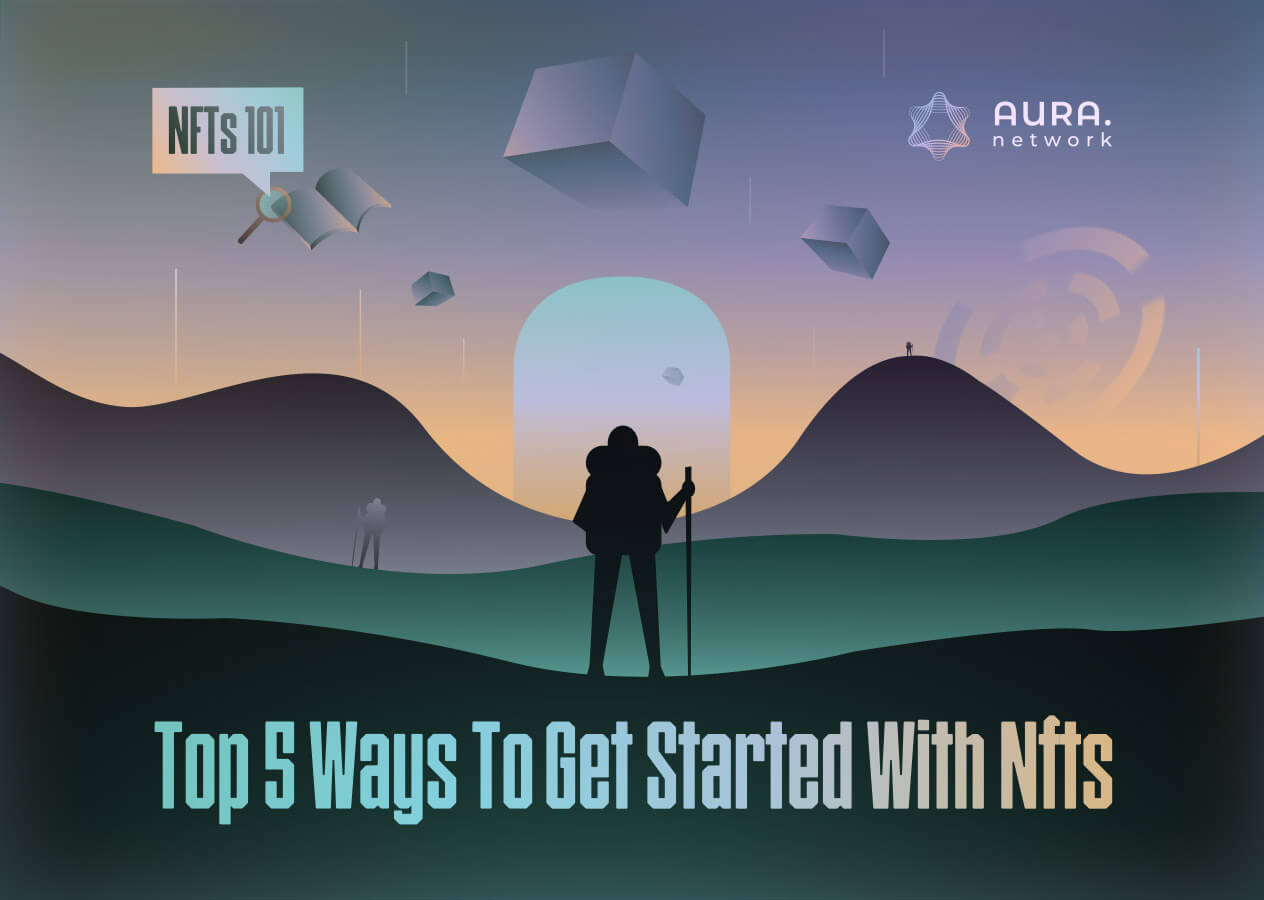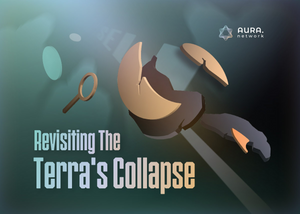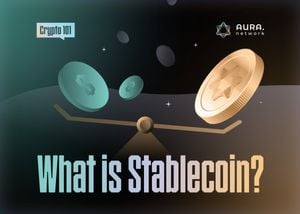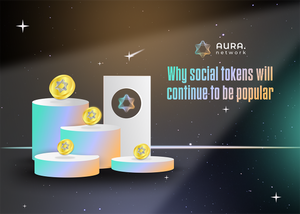What comes to mind when you think of a decentralized autonomous organization (DAO)? An organization where workers are independent or one where workers work in different places all over the world? With the introduction of the internet, the world experienced a paradigm shift, especially where business and monetary systems are concerned. The internet has undergone two separate evolutions—web1 and web2.
Web1 provided static web pages without user interaction. It only contained read-only content and was used for online presence and giving information to people at any given time—for example, Yahoo GeoCities. Infrastructure built on the Web2 interface enabled user-generated content launching in the social media era. Web2 applications enhanced the experience of internet users in diverse ways. Retweeting or commenting on a tweet and having other users from different parts of the world engage with that tweet almost instantly ushered in a new paradigm. Not only on social media, but creators can also publish blog posts on their website, leveraging the different social media platforms as distribution channels (even for free). Unlike the first two iterations of the internet, web3 is an internet of ownership built on decentralized peer-to-peer technologies such as blockchain and the Interplanetary File System (IPFS).
This version of the internet creates an ecosystem that minimizes single point of failure in web3 infrastructures, unlike centralized bodies. Web3 applications and infrastructure allow for participants to not only create but also own their contents, hence the read, write, and own mantra of most blockchain-based applications. The dynamic introduced by web three is changing the way business is done and has led to the emergence of decentralized autonomous organizations—DAOs. This article looks at DAOs and their impact on the flow of value in web3 systems.
What are DAOs
DAOs are community-centric organizations that are governed by a set of computer-defined rules and blockchain-based smart contracts. With more community-owned business structures springing up even from the traditional system, DAOs present a way to distribute power, delegate tasks and share wealth amongst the various participants in an organization. Usually, one obstacle organizations face when starting is capital depending on what they aim to accomplish. DAOs present a compelling, decentralized, and efficient way to work with individuals across the globe with shared interests. Some DAOs are powered by smart contracts and individuals in an organization participate in the decision-making processes through a consensus. Members govern decisions in a DAO through proposals and voting mechanisms, giving everyone (actually DAO token holders) in the organization a voice. Unlike traditional organizations, DAOs usually promote radical transparency. This is because they are built using open-source blockchain protocols, a key element of which are smart contracts. By inputting an agreement in the smart contracts, individuals within the DAO get remunerated, promoted or upvoted for tasks within the organization. Also, smart contracts enable transparency within the DAO as they can not be rigged in favor of an individual unless the stipulated conditions are met.
Evolution of DAOs
The very first DAO formed, named "The DAO'' came into existence in 2016 as a crowdfunding campaign that raised over $150 million in Ether. Since then, the concept of decentralized autonomous organizations has continued to grow and evolve, reaching new iterations. Most DAOs started as simple crowdfunding projects but grew to incorporate more complex structures to generate more value for their members. For example, some DAOs like PleasrDAO have integrated NFTs in various ways as part of their organizational model. Others like the ConstitutionDAO have made some major mainstream milestones, such as attempting to purchase the very first edition of the United States Constitution. Over the years, DAOs have grown into large organizations and investment funds with massive treasuries and are now making a significant impact in value exchange within the web3 ecosystem through trading. Trading is one of the lesser-known ways DAOs operate. The huge size of most DAOs now puts them in the whale category. Whales are large traders who can swing the market with a single trade. DAO trading is significant because the current decentralized trading infrastructures are not robust enough in terms of liquidity to cater to this massive asset flow.
The relationship between DAOs and DEXs and whale-trading
With the accumulation of massive crypto assets and treasuries, many DAOs are now putting these assets to work and are increasingly getting involved in crypto trading. And to maintain the core ethos of decentralization and keep assets safe and out of centralized control, decentralized exchanges (DEXs) are crucial in providing the necessary infrastructure to facilitate large order flows between DAO whales securely and cost-effectively. However, the problem is that the current DEX infrastructure is not optimally equipped to handle the large order traffic between DAOs. Large asset flows in DeFi protocols are currently associated with negative factors such as impermanent loss and exorbitant fees.
Therefore, there's a need for a more robust DEX infrastructure specifically made for whale trading. Whale trading between DAOs would massively benefit from DEXs designed to implement tools such as time-weighted average price (TWAP) to facilitate large trades with significantly reduced price impact. DAO whale trading greatly benefits DeFi regarding improved liquidity and stability. Moreso, large DeFi participants operating without any central point of failure in organizational structure can boost attract other institutional players in the traditional space into DeFi. But without a robust infrastructure such as a deep liquidity DEX to facilitate large asset flows between these organizations and meet their needs, DAOs may never realize their full potential.
Conclusion
As the transition into a completely digital society becomes more apparent and with more mainstream adoption, the transition from single whale trading to DAO trading will become inevitable due to its advantages. By joining a DAO, individual traders level the playing field by tapping into extensive institutional benefits without any centralized tradeoffs by pooling members' resources and coming together as a community. This migration will facilitate the rapid development of infrastructures to match the demand in large asset flows to enable DAOs to scale. The result will be a significant level of liquidity increase and market efficiency, thereby making the overall DeFi ecosystem more stable.





